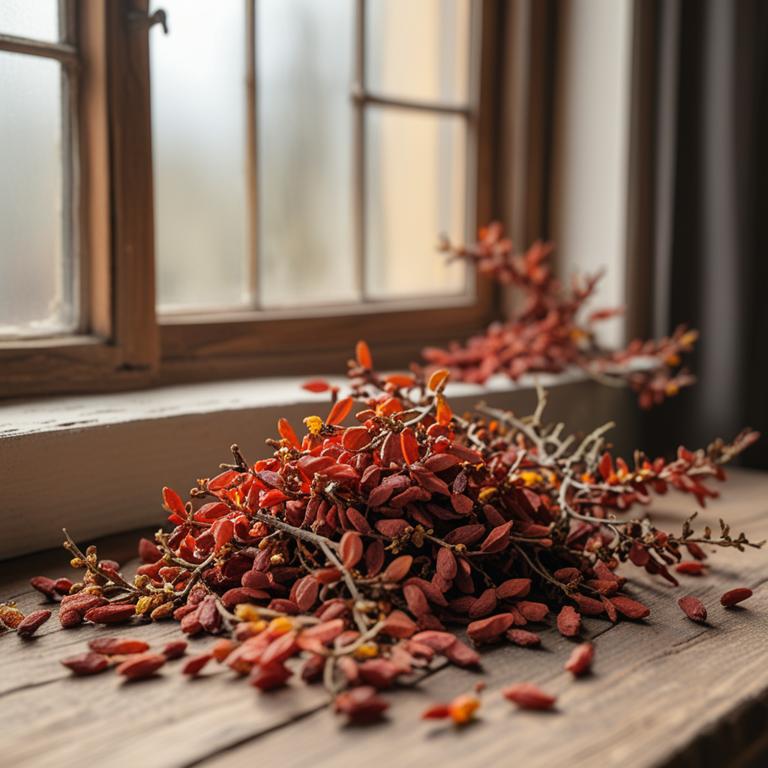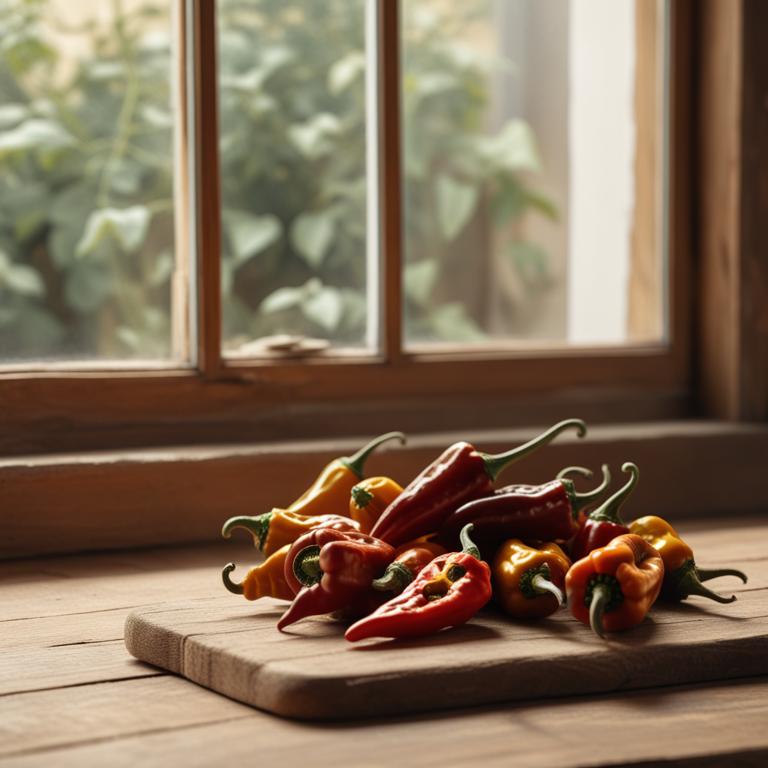Updated: Dec 1, 2024
Back Pain Causes and Herbal Treatments for a Pain-Free Life
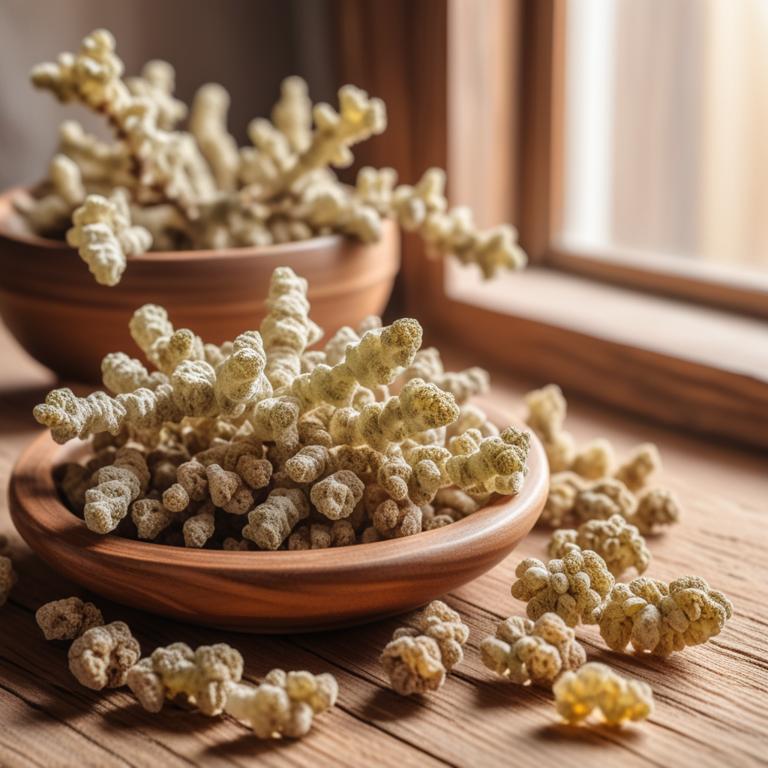
Back pain is a common issue that affects millions of people worldwide.
It can be a dull ache or a sharp stabbing sensation, and it can make everyday activities like walking, sitting, or even sleeping a challenge. Back pain can impact your life in many ways, limiting your ability to work, play or enjoy time with family and friends. The causes of back pain can vary, but it's often linked to muscle strain, poor posture, injury, or underlying medical conditions like herniated discs or arthritis. Fortunately, there are natural remedies that can help alleviate back pain. Herbs like turmeric, ginger, and willow bark have anti-inflammatory properties that can reduce swelling and ease discomfort.
These herbs can also help relax tense muscles and improve circulation, which can help speed up the healing process. To use these herbs, you can try making teas or infusions by steeping them in hot water. You can also add them to soups, stews, or smoothies for an extra boost of nutrition. Some people also use herbal creams or ointments that contain these herbs, which can be applied directly to the affected area. Another herb that's often used to treat back pain is valerian root, which has a calming effect on the muscles and nervous system. You can try drinking valerian root tea or taking it in capsule form to help relax and ease back pain.
It's always a good idea to talk to a healthcare professional before trying any new herbal remedies, especially if you have a underlying medical condition or are taking medications.
Table of Contents
What are the primary causes of back pain?
The main causes of back pain are related to problems with the spine and surrounding muscles.
A herniated disc occurs when the soft tissue between the vertebrae bulges out and puts pressure on nearby nerves, causing pain and discomfort. Scoliosis is a condition where the spine curves abnormally, putting strain on the muscles and joints.
Spinal stenosis happens when the spinal canal narrows, compressing the nerves and causing pain, especially in the legs. Degenerative disc disease is a condition where the discs in the spine wear down over time, leading to pain and stiffness. Osteoporosis weakens the bones, including those in the spine, making them more susceptible to fractures and compression.
Spondylolisthesis occurs when a vertebra slips out of place, putting pressure on the surrounding nerves and muscles, leading to back pain.
What are the benefits of herbal remedies for back pain?
Using herbs for back pain can be a great natural remedy.
One of the main benefits is that they often have anti-inflammatory properties, which can help reduce swelling and pain in the muscles and joints. This can lead to improved mobility and flexibility, making it easier to move around and perform daily activities.
Many herbs also have a calming effect on the body, which can help reduce stress and anxiety, common contributors to back pain. Additionally, some herbs can even help relax the muscles and improve blood flow, which can aid in the healing process and reduce pain.
By incorporating these herbs into your daily routine, you may find that you experience less discomfort and more freedom to live your life as you'd like.
What are the main medical herbs for treating and managing back pain?
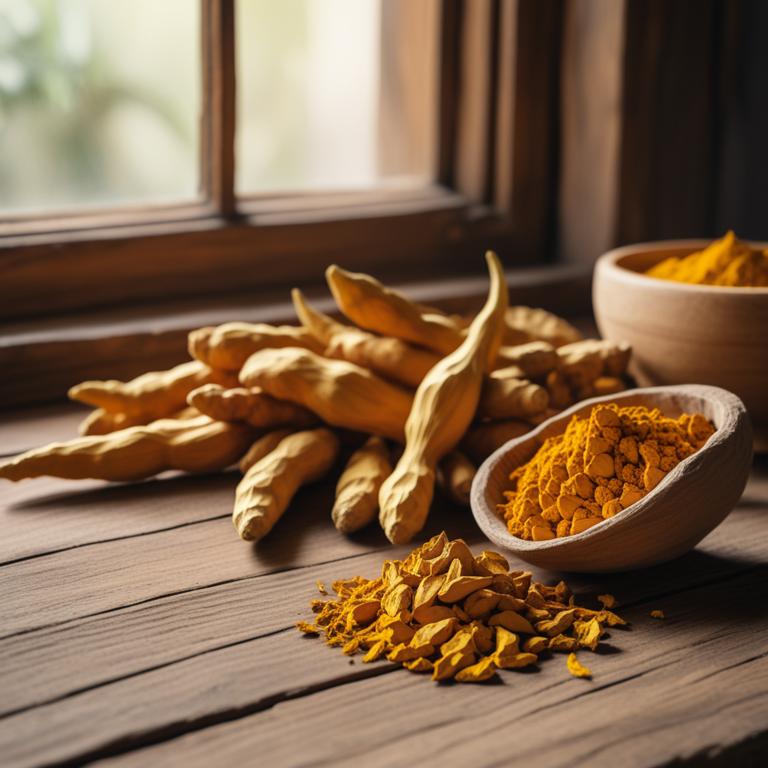
Herbs can be a great way to manage back pain, and many of them have been used for centuries for this purpose.
Curcuma longa, also known as turmeric, contains a compound called curcumin that has anti-inflammatory properties, which can help reduce swelling and pain in the back. It also has a compound called gingerol, which is found in another herb, Zingiber officinale, or ginger. Gingerol has a similar effect to curcumin, making it a natural pain reliever.
Capsicum annuum, or cayenne pepper, contains a compound called capsaicin, which can block pain signals to the brain, providing quick relief from back pain. Another herb, Glycyrrhiza glabra, or licorice root, has anti-inflammatory properties that can help reduce swelling and pain in the back. It also has a compound called glycyrrhizin, which can help relax muscles and improve digestion, both of which can contribute to back pain.
Finally, Piper nigrum, or black pepper, contains a compound called piperine, which can enhance the absorption of other herbs and make them more effective at relieving back pain.
What are the most widely used herbal remedies for back pain?
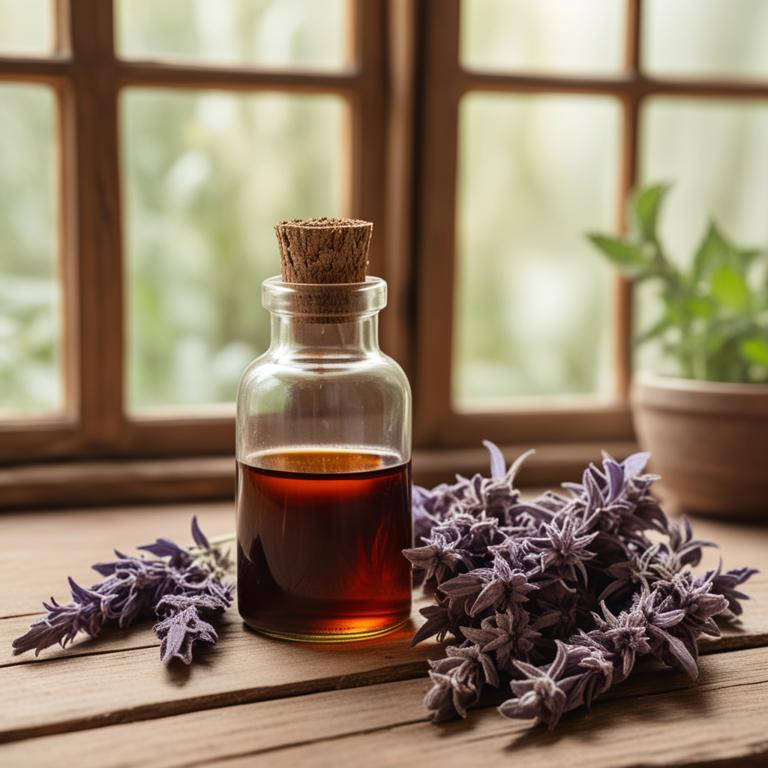
Herbal preparations can be a great way to manage back pain.
A decoction is a liquid extract made by boiling herbs in water. This method is good for roots and bark, which are hard to break down. Decoctions are often used for pain relief and anti-inflammatory properties. Capsules are another form of herbal preparation. They contain dried and powdered herbs, which are easier to swallow than raw herbs. Capsules are convenient and can be taken on the go. They're also a good option for people who don't like the taste of herbs. A tincture is a concentrated liquid extract made by soaking herbs in a solvent like alcohol.
Tinctures are absorbed quickly into the body and can be used for immediate relief. They're often used for pain and anxiety. Infusions are liquid extracts made by steeping herbs in hot water. They're similar to teas and are often used for relaxation and pain relief. Infusions are gentle and can be used for a long time without any side effects. A salve is a topical cream or ointment made from herbs and oils. It's applied directly to the skin and can be used for localized pain relief. Salves are also moisturizing and can help with skin conditions.
They're a good option for people who prefer to apply something to their skin rather than take something internally.
Additional Resources:
Which herbs are contraindicated for individuals experiencing back pain?
If you have back pain, there are certain herbs you should avoid using.
Aristolochia clematitis, for example, has been linked to kidney damage, which can worsen back pain. This herb can also cause other problems, such as stomach pain and diarrhea. Another herb to steer clear of is Taxus baccata, also known as yew. Its seeds contain a toxic substance that can cause muscle weakness, which might make back pain even harder to manage.
Hydrastis canadensis, or goldenseal, contains a chemical that can slow down blood clotting, which is a concern for people taking medications to prevent blood clots. This could increase the risk of bleeding, especially in people with back pain who may be more prone to injuries. Valeriana officinalis, or valerian root, can interact with certain medications used to treat back pain, such as painkillers and muscle relaxants. Sanguinaria canadensis, or bloodroot, contains a toxic substance that can cause stomach problems and interact with medications, including those used to treat back pain. When using herbs to manage back pain, it's essential to choose ones that are safe and effective.
If you're unsure about the safety of an herb, consult with a healthcare professional or a qualified herbalist.
FAQ
Are there any specific herbs that can prevent back pain?
Ginger has been shown to help ease back pain due to its anti-inflammatory properties.
Turmeric, which contains curcumin, also has similar effects. These herbs can help reduce swelling and discomfort in the muscles and joints, providing natural relief from back pain.
Regular consumption of ginger and turmeric tea or supplements may provide some relief.
Is it safe to use herbal remedies for back pain during pregnancy?
Using herbal remedies for back pain during pregnancy can be a concern.
Some herbs may not be safe for the developing baby, while others may interact with medications or worsen certain conditions.
It's essential to research and understand the potential risks before trying any herbal remedy.
Are there any herbs that can reduce the frequency of back pain?
Turmeric has anti-inflammatory properties that may help reduce back pain.
Ginger, another herb, can also ease muscle tension. Both can be consumed as tea or added to meals.
Some studies suggest that the compound curcumin in turmeric could reduce inflammation and alleviate back pain.
Related Articles
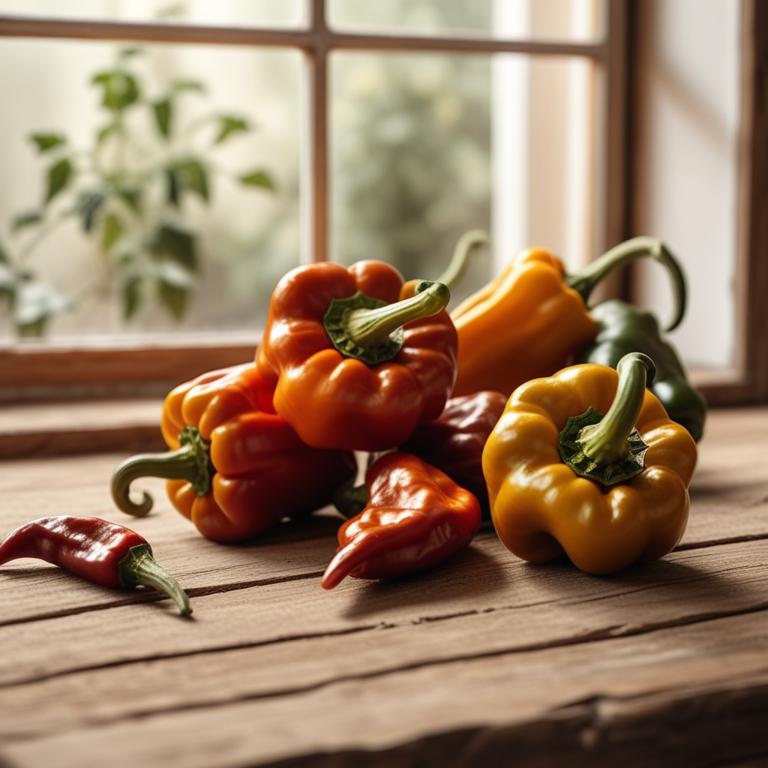
Ankylosing Spondylitis: Causes, Medicinal Herbs, and Natural Supplements for Joint Health
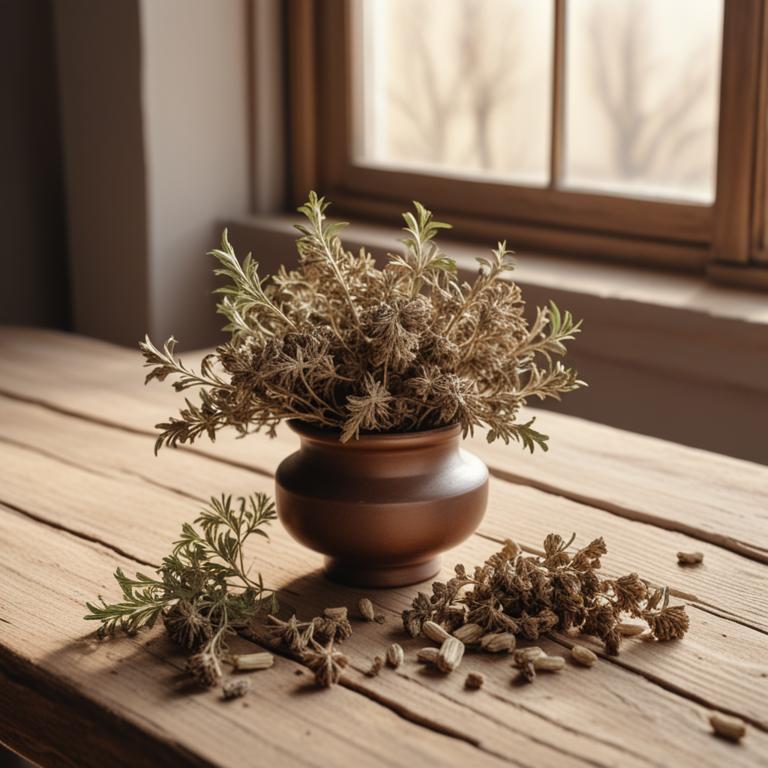
Difficulty Chewing: Understanding the Causes and Medicinal Herbs

Causes of Joint Pain and Natural Relief through Medicinal Herbs and Preparations
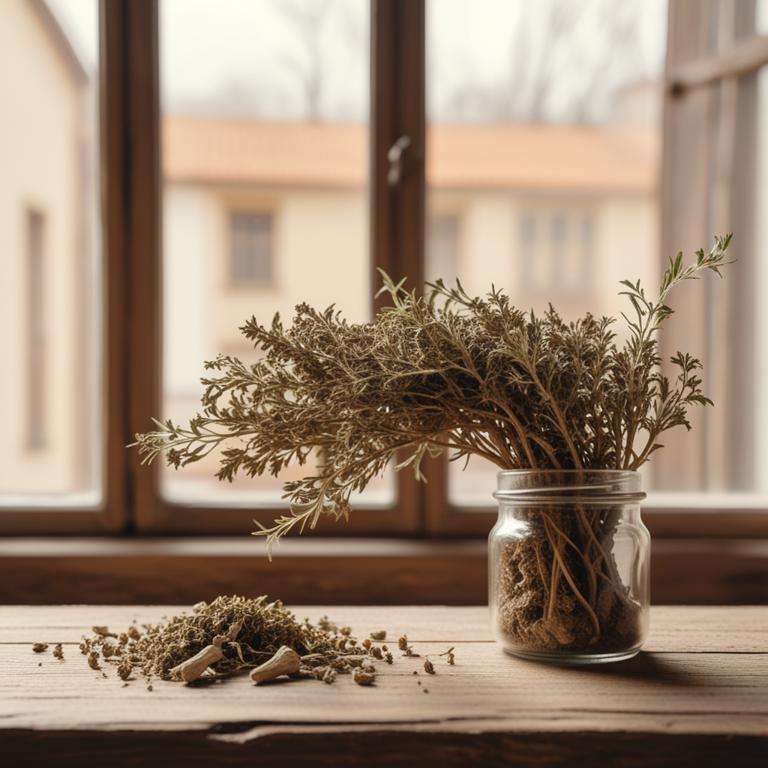
Natural Remedies for Leg Pain: Causes and Herbal Preparations
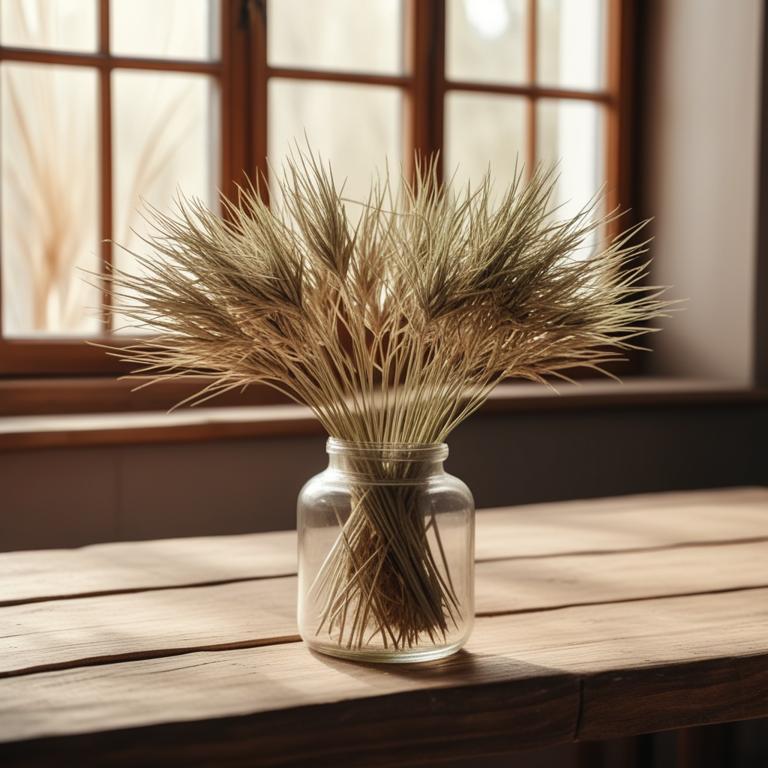
Foot Pain: Causes, Herbal Treatment Options, and Natural Preparations
